TEA Students Build Remotely Operated Vehicles for Research and Exploration
Our students are challenged with real-life problems. For this +Impact Study, students had to create a Remotely Operated Vehicle (ROV) that could monitor environmental concerns in aquatic ecosystems.
Our students are challenged with real-life problems. For this +Impact Study we challenged our students to create a Remotely Operated Vehicle (ROV) that could monitor environmental concerns in aquatic ecosystems. While that may not sound like a good time to everyone, in each our +Impact Studies we use real life adventures to deepen learning while building knowledge. Our students first traveled to Pasadena where they learned about aerospace engineering directly from the experts at JPL/NASA. Next, they explored the Channel Islands off of the coast of Santa Barbara where learned about aquatic ecosystems from environmental scientists while kayaking, snorkeling and camping.
To kick off this project, Each of our +Impact Studies starts with overarching questions. To begin this study, we asked, “What is the greater purpose of exploration and how can we use the design process help us to solve complex problems in a systematic way?”
Students began to answer these questions first by looking at the environment around them. Water testing at a local site along the Truckee river revealed the challenges of collecting environmental data in a systematic way. Further research into California’s waterways demonstrated the immediate need and purpose of regular monitoring.
Next, students worked to design and build a fully functioning ROV. It would utilize Raspberry Pi/Arduino microcomputers and simple building materials. Students developed programming, designs, and engineering skills with guidance and support from JPL/NASA engineers. Students were able to speak with these engineers directly to review processes of intentional design. They then framed their work through a specific design proposal of an ROV that utilized basic mechanical engineering principles.
Students then spoke with an engineering project manager in order to better understand the roles various team members play in the development of a technical product. Students then built their initial prototype. They took their work into the field to further collaborate with engineering and environmental professionals to field test their work and receive authentic feedback. Students were able to receive feedback on their design and physical prototype from aerospace engineers.
In the end, students presented the original design, development, and construction of their remotely operated vehicle at our Celebration of Learning event. They were able to explain how a completed vehicle would be able to collect data for the purpose of environmental monitoring in aquatic areas where access makes such work challenging to traditional data capture mechanisms. They used the engineering principles they learned to bring their design ideas to life. And all in an effort to explore our aquatic ecosystems while collecting real life scientific data.
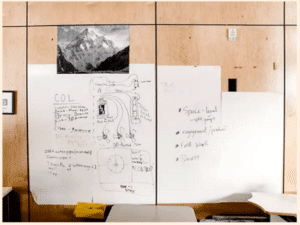
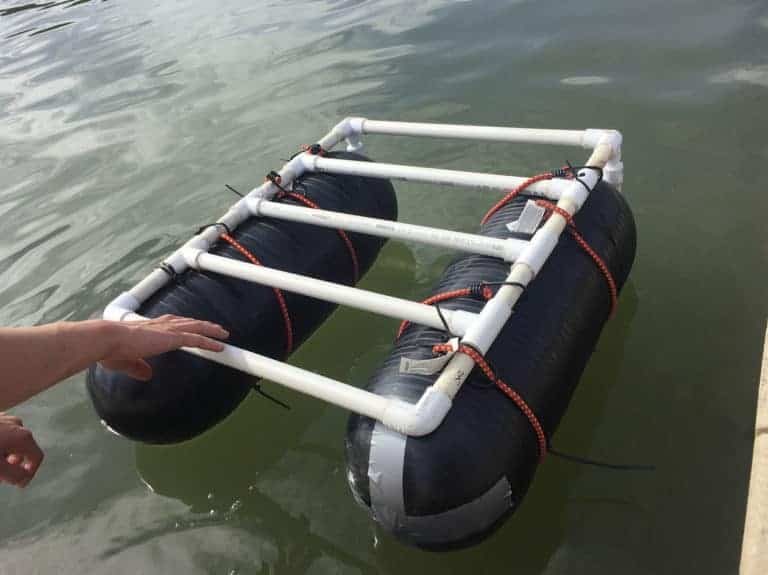
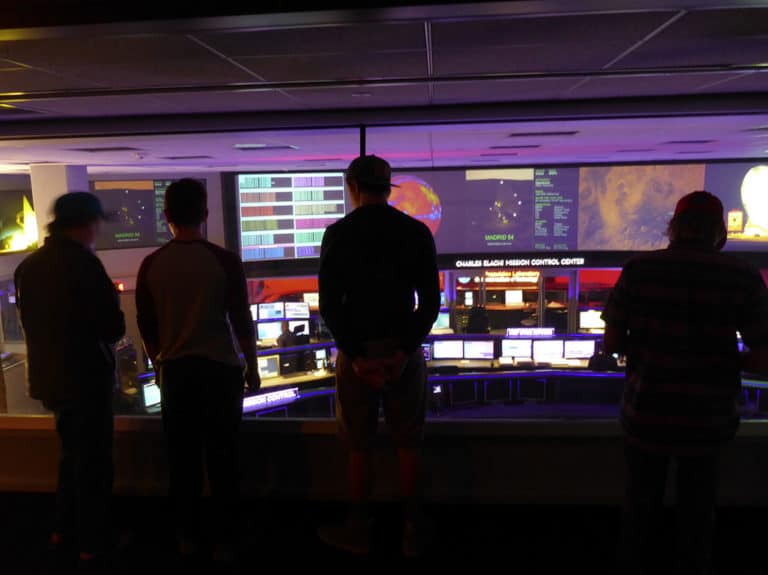
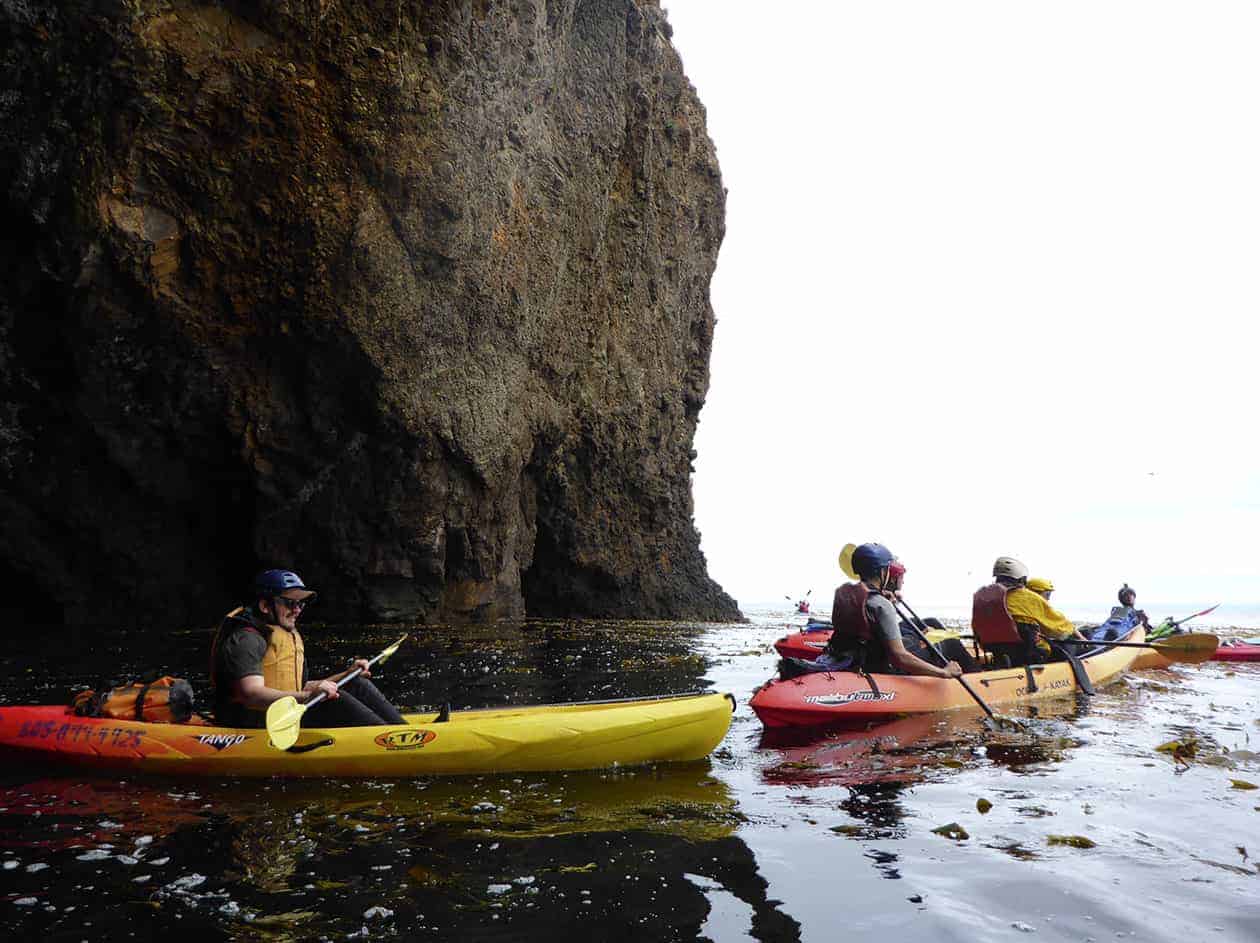
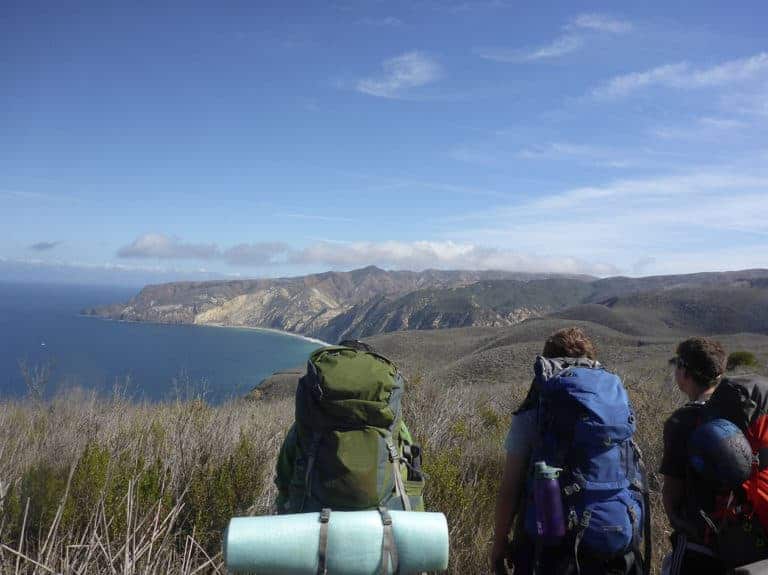
+Impact Students